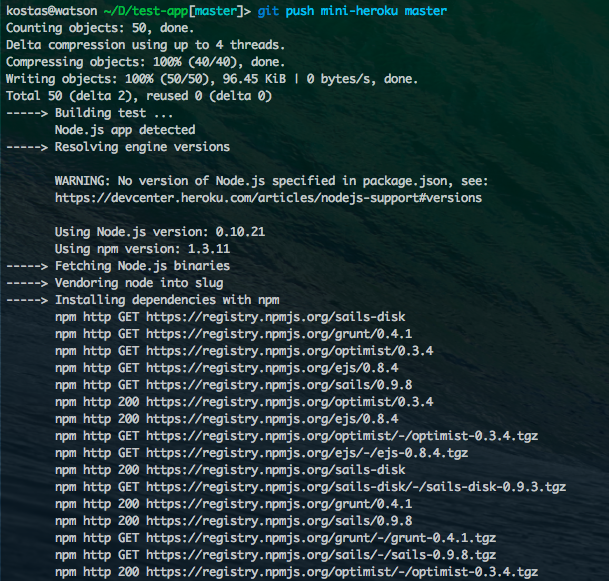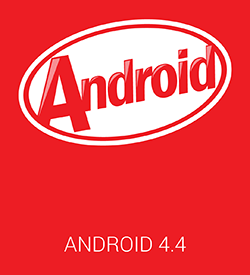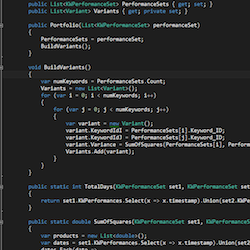Using Photoshop CC to Automatically Generate Web Graphics
Let’s face it, creating web graphics takes time and is often tedious, especially if you have to slice images from detailed web page layouts. Sometimes it’s even necessary to copy and paste graphics from a Photoshop layout into a new Photoshop document just so you can isolate graphics and save for web. Recently I began experimenting with creating web graphics automatically from Photoshop layers using the new Adobe Generator feature, which was released in Photoshop CC version 14.1 (to check your version launch Photoshop and go to the menu and select Photoshop/About Photoshop and this will open a panel that includes the version number). When Generator is turned on it will monitor the file you’re working on and generate web graphics based on how you name layers. The cool thing is that as you continue to work in Photoshop and make changes Generator will automatically update assets.








